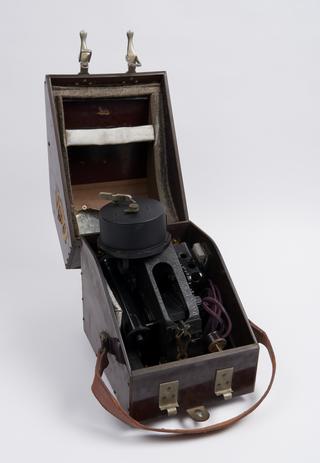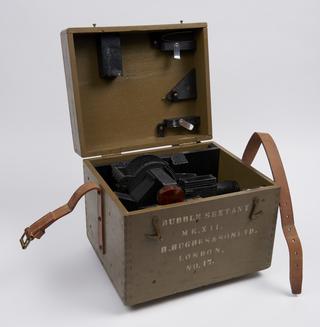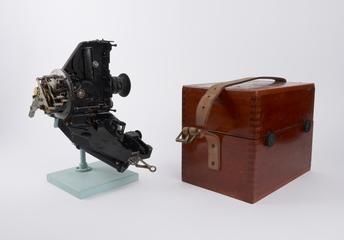
Aircraft bubble sextant.
1947-1952

1947-1952

1942-1948

1919-1922

1942-1947

1939-1942

1942-1945

1940-1947

1917-1922

1942-1947

1940-1945

1940-1945
1941-1945
1950-1951
1942-1945
1955-1965
1942-1943
1942
1944-1945
1918-1923
1940-1945